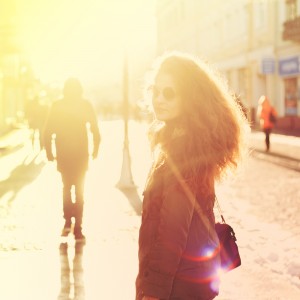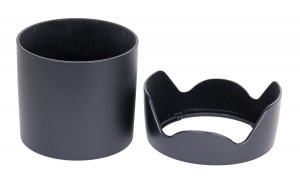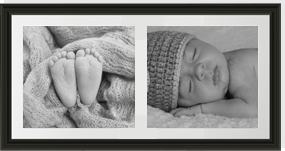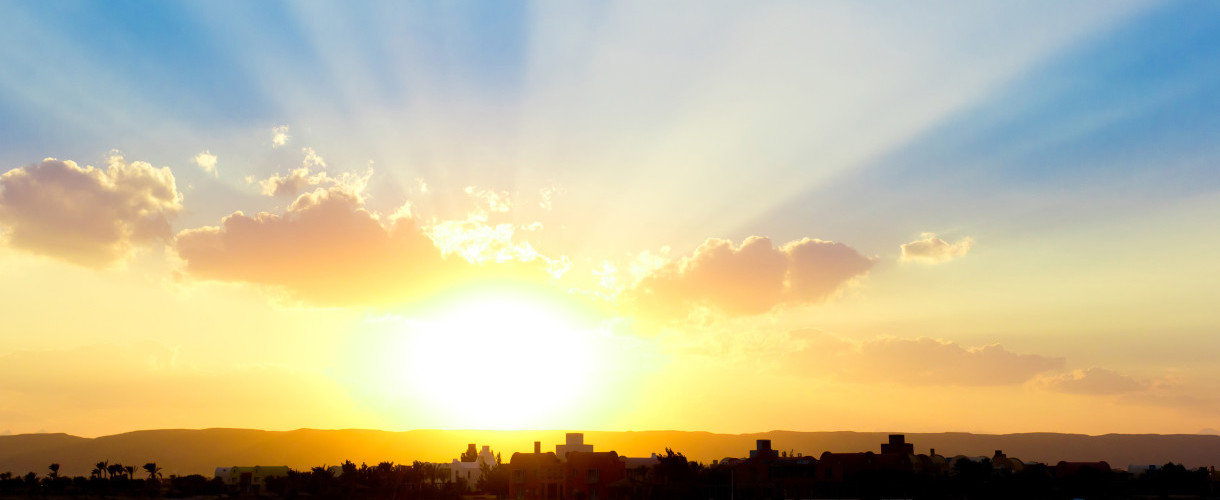5 Tips For Taking Photos in The Sun- Basics Of Photography Series Part 4
Last month we gave you a basic guide DSLR camera lenses. In this month’s Basics of Photography Series we are going to give you a basic guide to taking photographs in the sun.
For many of us, documenting the events of summertime with a camera is an exciting prospect. Whether it’s a Polaroid camera, a standard DSLR or your phone, everyone loves to take photos in the sunshine. Unfortunately one factor of summer always seems to restrict that prospect; the sun. Being the unpredictable mistress she is, sunlight can either make or a break a photograph. Here, we have 5 tips for taking photographs in the sun and for ensuring its influence on your photos is unheard.
Avoid Direct Sun Light
The first and most obvious tip is avoidance of direct sunlight. Not only does it make the prospect of taking the photograph difficult but it also gives a washed out look to your photos, increases colour saturation and gives an abnormally high contrasted finish. Quite simply, avoidance with direct sunlight should be top of the list when taking photos. Of course sunlight cannot always be avoided and in these situations it’s best to utilize shade. Whether it’s self-made or the tiniest of areas under a tree, it can have great influence in eliminating the factors caused by contact with your camera and sunlight.

Using The Sun
Contrary to the first tip, it isn’t always as easy as avoiding direct sunlight and utilizing shade. For the times when neither of these methods can be put into practice, you may have to deal with direct sunlight in your photos. Don’t fear though! It’s quite easy to use direct sunlight to your advantage and still get great results.
Behind You
Keeping the sun behind you not only illuminates the subject in the photo but it also accentuates the background and blue sky. One disadvantage however is that with the sun behind you the subject is facing towards it and without eye protection, they will usually squint whilst dark shadows may also occur around the eyes. Typically, positioning yourself so the sun is behind you works best for landscape or action shots but if used with portraits, be aware of the above factors.
Behind The Subject
More commonly known as back lighting, the technique of keeping the sun behind your subject can give equally successful results. With the sun behind the subject, the light hits and creates a rim light around them. This separates the main feature of your photograph from the background and gives a pleasant glow. Whilst this can give pleasant warmth to the photograph, this technique should be used carefully as contact with direct sunlight can occur and may have the negative influence on your photos explained in the first tip as well as create a silhouette effect.

The Lens Hood
If you don’t have the patience to utilize natural forms of avoiding the sunshine’s influence on your photos, a lens hood is always a good option. A lens hood/shade is a handy accessory which you can attached to the end of the camera lens and acts as a shield to block sun or other light sources in order to prevent glare or lens flare. Typically, you can pick one up for around £10 and they’ll give you the control you need to ensure the sun doesn’t have a negative effect on your photographs.

Turn On The Flash
It may seem counter-intuitive to turn on your cameras flash when you come into contact with bright, direct sunlight but this tip can be useful. When taking photographs in the sun, a great fear is a factor known in the photography world as Racoon Eyes. Racoon Eyes is the name given to the shadow that occurs around a subject’s eyes when in contact with direct sunlight. By using your camera flash, you can get rid of Racoon Eyes and brighten any other shadow which may occur in the photography process.
Go Wild
As the saying goes ‘If you cant beat ‘em, join ‘em’. When taking photos in the sun, the same principle applies. Avoidance of the sun and its influence on your photos isn’t always an option. If this situation does occur, why not go crazy? Use the sun and let it do its own thing. You may be pleasantly surprised.









